Shandur National Park: Pakistan’s Ultimate High-Altitude Wildlife and Cultural Experience
Shandur National Park, located at an elevation of 3,700 meters in Gilgit-Baltistan, is one of Pakistan’s most remarkable high-altitude destinations. Established in 1993, the park spans over 51,000 hectares of alpine meadows, glacial lakes, and rugged mountain passes. It is best known for the world’s highest polo ground, where the annual Shandur Polo Festival has been celebrated since 1936, attracting thousands of local and international visitors every July. Beyond its cultural significance, the park protects endangered wildlife such as the snow leopard, Himalayan brown bear, and Himalayan ibex, making it a critical conservation area in the Hindukush region.
For travelers, Shandur offers a complete experience—adventure, culture, and nature in one. From scenic treks and wildlife spotting to vibrant local traditions, the park combines breathtaking landscapes with authentic cultural immersion. Whether you are planning to attend the polo festival, explore the alpine meadows, or simply enjoy the serenity of Shandur Lake, this guide will provide everything you need to plan your journey responsibly and make the most of your visit.
What Makes Shandur National Park Special
Pakistan’s Highest National Park at 3,700 Meters
Shandur National Park sits on the legendary Shandur Pass, often called the “Roof of the World.” At 3,700 meters above sea level, it is the highest designated national park in Pakistan, surrounded by snow-clad mountains and alpine meadows that bloom with wildflowers in summer. The altitude makes it not just a tourist attraction but also a vital ecosystem for high-altitude flora and fauna.
World’s Highest Polo Ground and Its Cultural Significance
The park’s most iconic feature is the Shandur Polo Ground, recognized as the highest polo field on Earth. Since 1936, the ground has hosted the Shandur Polo Festival, a fiercely contested tournament between teams from Gilgit and Chitral. Unlike modern polo, the game here is played in its traditional freestyle form—fast-paced, intense, and deeply connected to the culture of the Hindukush region. Each July, the event attracts over 20,000 spectators, including international tourists, who camp under the stars to witness this cultural spectacle.
Wildlife Conservation at the Roof of the World
Beyond the festival, Shandur National Park plays a crucial role in protecting Pakistan’s high-altitude biodiversity. Its rugged terrain shelters endangered species such as the snow leopard (Panthera uncia) and the Himalayan brown bear. Conservation programs run by the Ministry of Climate Change and IUCN Pakistan monitor these species and promote sustainable tourism practices. For nature lovers, spotting wildlife in this pristine environment is an unforgettable highlight of the park.
Quick Facts About Shandur National Park
- Established: 1993
- Area: 51,800 hectares (766 km²)
- Elevation: 3,700 meters (12,139 feet)
- Main Attraction: World’s highest polo ground & Shandur Polo Festival
- Wildlife: Snow leopard, Himalayan ibex, Himalayan brown bear, golden eagle
- Best Time to Visit: June–September (festival in early July)
Shandur National Park Wildlife and Conservation
Endangered and Threatened Species in Shandur National Park
Shandur National Park protects a classic high altitude ecosystem where rare species survive in harsh conditions. Flagship wildlife includes the snow leopard, Himalayan brown bear, Himalayan ibex, golden eagle, and Himalayan snowcock. Conservation status and ranges are tracked by the IUCN Red List, while regional context is documented by Shandur National Park resources and Pakistan biodiversity reports.
- Snow leopard (Panthera uncia), globally vulnerable, apex predator that requires large, undisturbed ranges. See IUCN assessment.
- Himalayan brown bear (Ursus arctos isabellinus), patchy high altitude populations, sensitive to disturbance. See IUCN assessment.
- Himalayan ibex (Capra sibirica), key prey for big cats, often seen on rocky slopes at dawn and dusk. See IUCN assessment.
- Golden eagle (Aquila chrysaetos) and Himalayan vulture (Gyps himalayensis), iconic raptors riding thermal currents above the meadows.
Best Wildlife Viewing Locations in Shandur National Park
You will increase your chances by focusing on edges of alpine meadows, ridgelines, and quiet lake shores near Shandur Lake and the Phander side. Use binoculars, keep distance, and hire local guides when possible. For route planning and local access notes, consult Visit Gilgit Baltistan and regional travel advisories.
- Dawn and dusk, peak activity times for ibex and raptors.
- Shandur Lake margins, scan for tracks and bird life, avoid nesting zones.
- Rocky scree slopes, ibex feeding ledges and potential predator movement.
- Quiet ridgelines, carry a spotting scope, move slowly, never approach wildlife.
Conservation Efforts and Research Programs at Shandur National Park
The park’s management aligns with national biodiversity goals outlined in Pakistan’s CBD reporting and IUCN supported studies. Community ranger programs, human wildlife conflict mitigation, and anti poaching patrols are part of the toolkit. For policy context, review the CBD Pakistan biodiversity report and IUCN Pakistan materials such as the wildlife conservation compendium. Travelers can support conservation by choosing low impact operators and following Leave No Trace practices.
Seasonal Wildlife Activity Patterns in Shandur National Park
Altitude rules life here. Snow cover, wind, and temperature shifts drive animal movement. Plan with seasons in mind and check regional weather through the Pakistan Meteorological Department.
- Late spring, April to June
- Ibex herds visible on open slopes, raptor soaring improves with stable thermals.
- Summer window, July to September
- Peak access for visitors, wildflowers in meadows, early mornings are best for sightings.
- Autumn shoulder, October
- Clear air and long views, wildlife becomes cautious as temperatures drop.
- Winter closure, November to March
- Access is limited, extreme cold and heavy snow, specialist research only.
The Famous Shandur National Park Polo Festival
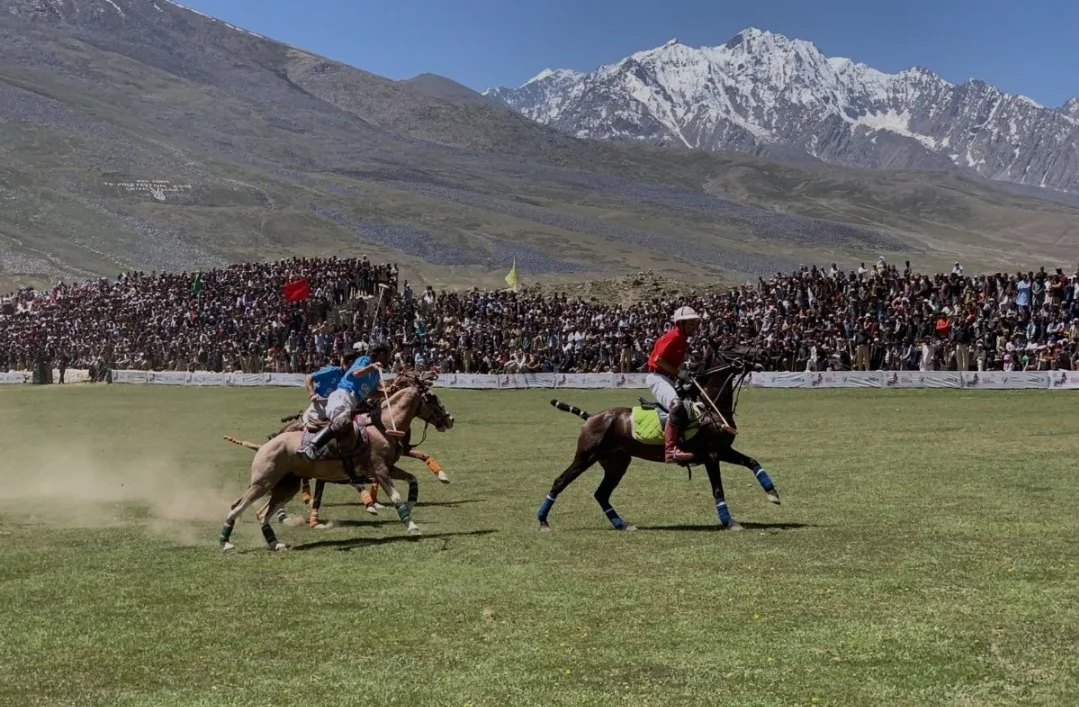

Image Credit: visitgilgitbaltistan.gov.pk
History of Polo at Shandur National Park Since 1936
The Shandur Polo Festival is a living tradition where teams from Gilgit and Chitral meet on the world’s highest polo ground. Matches have been held here since 1936, and the rules retain a freestyle spirit that favors speed and skill. For historical notes and context, see the festival overview and regional cultural references.
Annual Shandur National Park Polo Tournament Details
The tournament usually happens in early July, weather permitting. Expect multi day fixtures, hillside seating, a sea of tents, and a festive atmosphere. Attendance can reach tens of thousands in strong years, which requires early planning. For current schedules and visitor guidance, monitor Khyber Pakhtunkhwa Tourism and Visit GB. Coverage of past editions is available via regional media reports.
- Format, traditional freestyle polo with fewer protective restrictions.
- Seating, natural slopes around the ground, carry a sit mat.
- Camping, designated zones, respect boundaries and waste rules.
- Altitude readiness, hydrate well, ascend gradually if possible.
Cultural Activities and Traditions at Shandur National Park Festival
The festival is more than polo. Expect folk music, regional dance, artisan stalls, and shared meals. The cultural program gives visitors a respectful window into the life of mountain communities. Ask before photographing people, and buy directly from local artisans to keep benefits in the community.
Planning Your Visit to the Shandur National Park Polo Festival
Most visitors approach from Gilgit or Chitral, then continue by jeep on seasonal roads. Services are basic near the ground, so self sufficiency matters. For route suggestions and caution updates, rely on Visit GB advisories and announcements from KPK Tourism.
- Arrive early, altitude and crowd management improve with a buffer day.
- Carry essentials, warm layers, windproof jacket, sun protection, power bank, headlamp, reusable water bottle, small trash bags.
- Respect the ground, keep a safe distance from the pitch and horses, follow marshals.
- Book responsibly, choose eco friendly accommodation in Gilgit, Gupis, Phander, or Mastuj when possible. See Pakistan National Parks guide for responsible travel basics.
Visiting Shandur National Park, Complete Travel Guide
Best Time to Visit Shandur National Park for Wildlife and Festival
Plan for June to September, this is the main access window with open roads and stable weather. Early July usually aligns with the polo festival, so book well in advance. Wildlife viewing improves at dawn and dusk in all months, however visibility and comfort are best from late June to late August. For seasonal patterns and safety notices, review the Pakistan Meteorological Department and regional tourism updates from Visit Gilgit Baltistan and KPK Tourism.
How to Reach Shandur National Park from Gilgit and Chitral
Two classic approaches exist. From Gilgit, travel through Gupis and Phander, then continue toward Shandur Pass. From Chitral, head to Mastuj, then climb gradually to the pass. Road surfaces vary and may include gravel sections, so allow buffer time. Hire experienced local drivers for jeeps, especially if you are not used to mountain roads. Always check recent road conditions with local authorities before departure.
- Gilgit to Shandur National Park, scenic route via Gupis and Phander, photography stops near lakes are excellent.
- Chitral to Shandur National Park, the approach via Mastuj offers broad valley views and reliable resupply points.
- Transport tips, start early, carry a printed map, confirm fuel stops, keep small bills for local services.
Accommodation Options Near Shandur National Park
Expect simple to mid range stays in Phander, Gupis, and Mastuj. During the polo festival, temporary camping villages appear near the ground, capacity fills quickly. Consider booking in valley towns, then day trip to the pass. Read recent traveler feedback on platforms like TripAdvisor, and choose eco conscious properties that manage water and waste responsibly.
Essential Gear and Preparation for Shandur National Park
Altitude and variable weather require careful packing. Layering is your friend, and self sufficiency pays off. Here is a concise checklist.
- Insulating mid layer, windproof outer shell, warm hat, sun hat, liner gloves.
- Sturdy boots, wool socks, compact rain cover, quick dry base layers.
- Reusable water bottle, water treatment tablets, high calorie snacks.
- Headlamp, power bank, offline maps, small repair tape, first aid basics.
- Lightweight sleeping bag if camping, check night temperatures before you go.
Advanced tip, acclimatize gradually if possible, avoid alcohol, hydrate well, rest if you feel headache or nausea. Seek medical advice before using altitude medication.
Example 3 day plan for Shandur National Park
- Day 1, arrive in Phander or Mastuj, light walk near the river or lake, early night for altitude adaptation.
- Day 2, dawn start for Shandur Pass, explore meadows and Shandur Lake margins, follow marked camping zones, return to base before dark.
- Day 3, photography session at sunrise, optional local village visit with a certified guide, depart after lunch and weather check.
Activities and Experiences in Shandur National Park
Trekking and Hiking Trails in Shandur National Park
Expect rolling alpine meadows and gentle ridgelines rather than long forest climbs. Short half day walks suit most visitors. For longer routes, hire a local guide, confirm weather and daylight, and log your plan with your host.
Photography Opportunities at Shandur National Park
Golden hours are magical near Shandur Lake and open meadows. Bring a moderate telephoto for wildlife, a wide angle for skies and ridgelines, and a polarizer for high altitude glare. Keep distance from nesting birds and den sites. Respect no drone zones if posted.
Cultural Experiences and Local Communities Around Shandur National Park
Approach interactions with curiosity and respect. Ask before photographing people, learn a few greetings, and support local artisans. During the festival, buy crafts at official stalls, this keeps value in the community and reduces informal littered markets.
Sustainable Tourism Practices for Shandur National Park
Travel light, pack out all trash, and minimize off road driving. Choose refillable water systems, avoid single use plastics, and prefer operators who follow biodiversity guidelines. For conservation context, see the CBD Pakistan report and the IUCN Red List.
FAQ
Q1: Where is Shandur Pass located?
A: Shandur Pass is located between Gilgit-Baltistan and Upper Chitral, Khyber Pakhtunkhwa, at an elevation of about 3,700 meters. It connects the Ghizer District of Gilgit-Baltistan with the Chitral District and is often called the “Roof of the World.”
Q2: Which is the largest national park in Pakistan?
A: The largest national park in Pakistan is the Central Karakoram National Park (CKNP) in Gilgit-Baltistan. It covers more than 10,000 square kilometers and includes some of the world’s tallest peaks like K2 and Broad Peak, along with massive glaciers.
Q3: What is Shandur famous for?
A: Shandur is famous for the world’s highest polo ground and the annual Shandur Polo Festival, where teams from Gilgit and Chitral compete every July. It is also known for its alpine meadows, Shandur Lake, and unique high-altitude ecosystem.
Q4: Which district is Shandur in?
A: Shandur lies on the boundary between Ghizer District in Gilgit-Baltistan and Upper Chitral District in Khyber Pakhtunkhwa. The polo ground itself is in Gilgit-Baltistan, while the pass serves as a cultural and geographical link between the two regions.
Practical Information for Shandur National Park Visitors
Weather Conditions and Seasonal Changes at Shandur National Park
Weather at this altitude shifts quickly. Expect sunny mornings, breezy afternoons, and sudden temperature drops after sunset. In summer, daytime highs may reach 18–20°C, but nights can fall below freezing. Always check regional forecasts with the Pakistan Meteorological Department before departure.
Safety Guidelines for High-Altitude Travel to Shandur National Park
Altitude sickness is the main risk. Acclimatize gradually, rest if symptoms occur, and descend if they persist. Carry adequate hydration, avoid alcohol, and eat light high-energy meals. Keep travel insurance valid for high altitude trekking. For official safety advisories, consult Visit Gilgit Baltistan.
Permits and Regulations for Shandur National Park
Pakistani nationals usually travel without a special permit, but foreign tourists may need clearance in sensitive border regions. Regulations include staying in designated camping areas, not disturbing wildlife, and respecting local cultural practices. Always verify with local administration offices before traveling.
Emergency Services and Medical Facilities Near Shandur National Park
Facilities near the pass are limited. The nearest basic health centers are in Phander (Gilgit-Baltistan side) and Mastuj (Chitral side). Carry a well-stocked first aid kit and a satellite phone if possible. For emergencies, travelers often coordinate through local administration or Pakistan Red Crescent Society posts.
Ending Note
Shandur National Park stands apart as both a wildlife sanctuary and a cultural crossroads. Its high-altitude meadows, rare species, and the world’s highest polo ground create a once-in-a-lifetime blend of natural wonder and human tradition. Whether you come for the wildlife, the breathtaking landscapes, or the thrill of the Shandur Polo Festival, you’ll leave with stories few places on earth can match.
Ready to experience Shandur National Park? Connect with certified guides, choose eco-friendly accommodation, and plan your visit responsibly to protect this unique landscape for future generations. Start your journey with resources at Visit Gilgit Baltistan and KPK Tourism.
About the Author
Author: ZunNurain Khalid — Travel & Tourism Specialist, Founder of ExploreX Pvt. Ltd., and advocate for sustainable tourism in Pakistan. With over a decade of experience in digital marketing and destination branding, ZunNurain has worked extensively on promoting Pakistan’s natural and cultural heritage.
References
- Wikipedia: Shandur National Park
- Wikipedia: Shandur Polo Festival
- Pakistan National Parks Association
- IUCN Pakistan Wildlife Report
- CBD Pakistan Biodiversity Report
- Visit Gilgit Baltistan Tourism Portal
- Khyber Pakhtunkhwa Tourism Department
- IUCN Red List

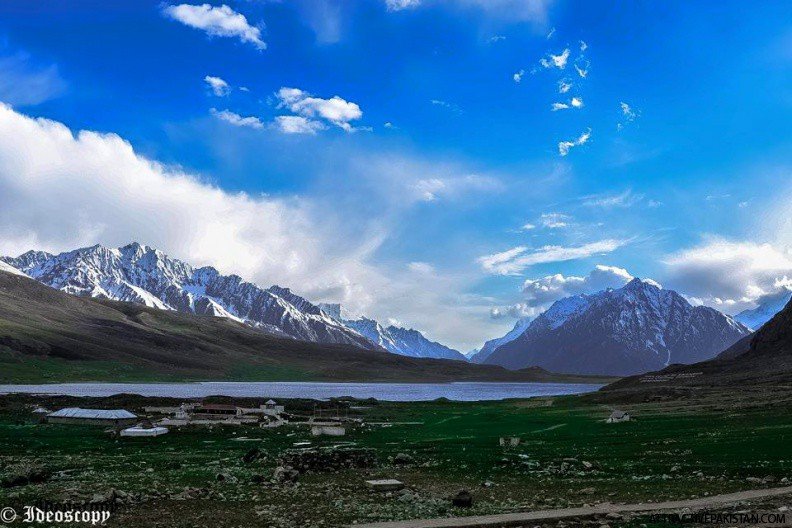

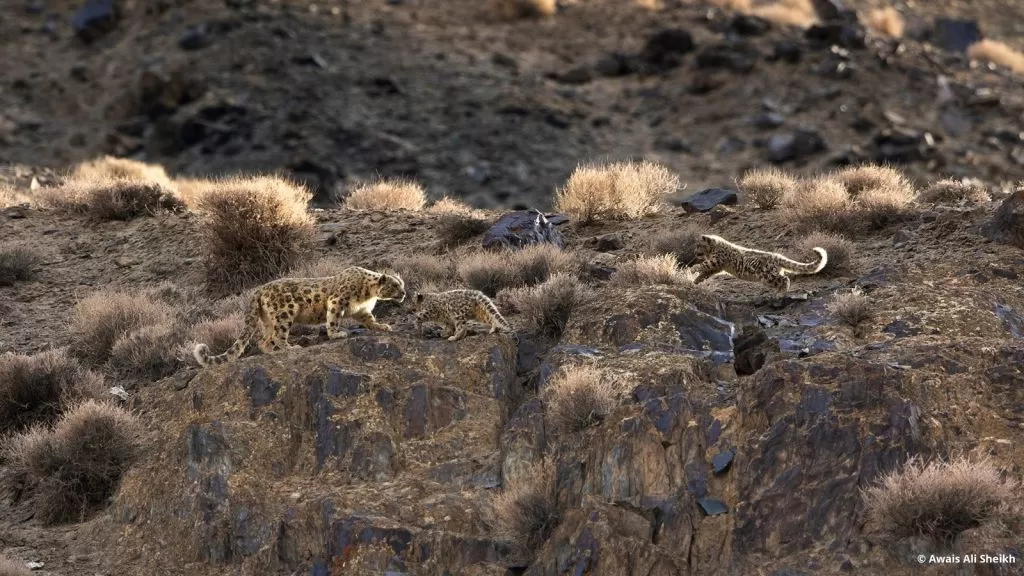
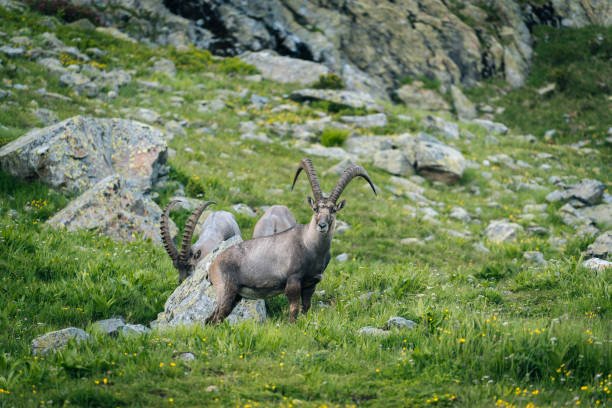
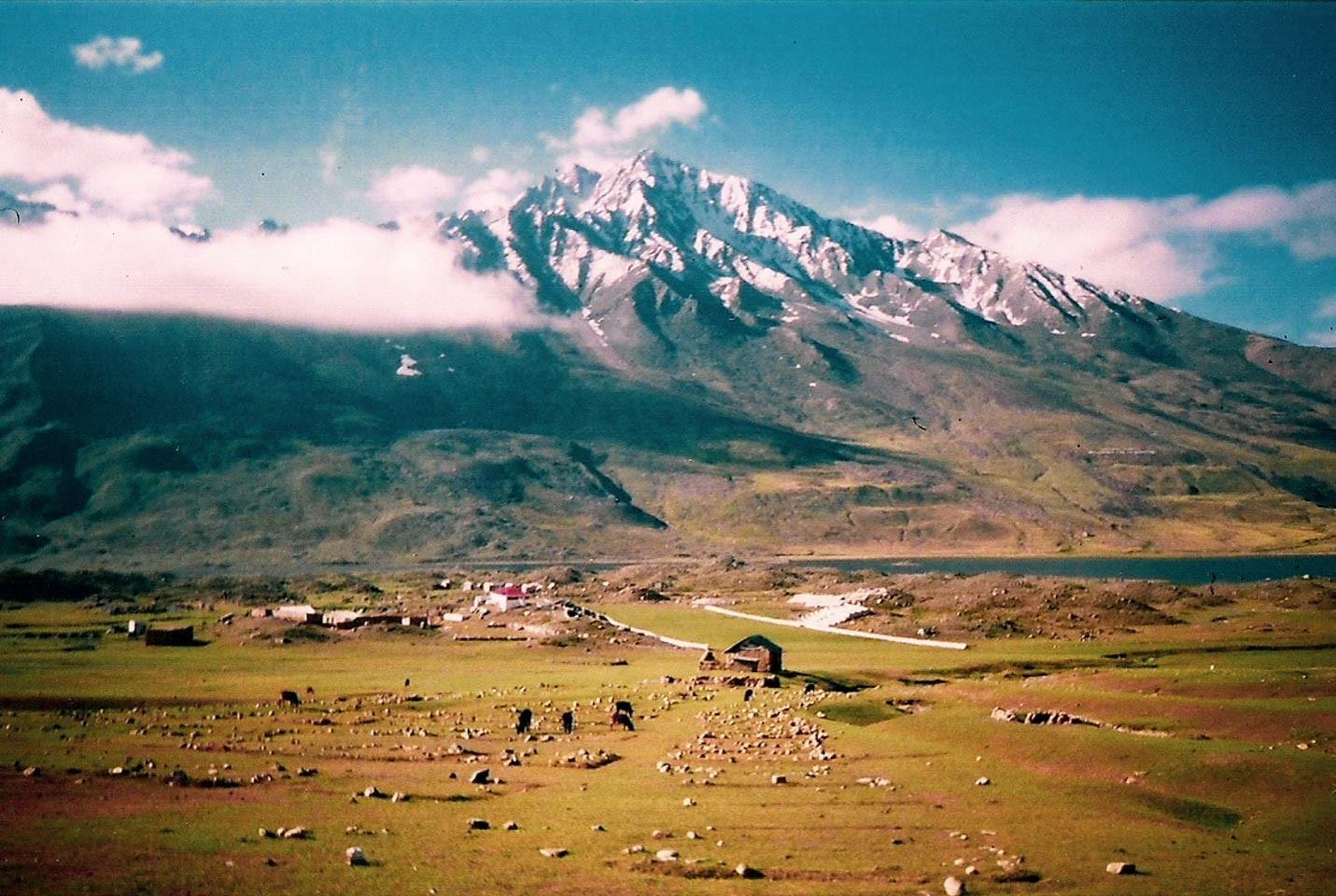
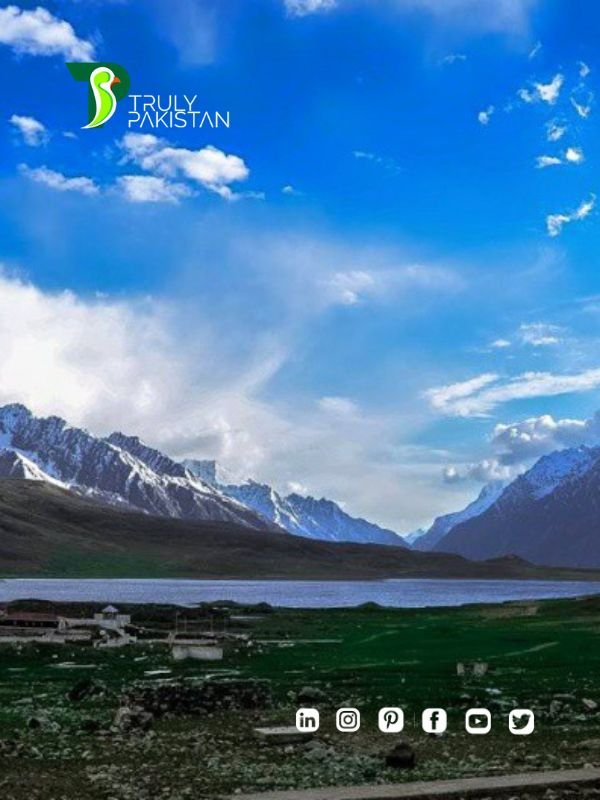

One thought on “Shandur National Park Guide: Wildlife, Polo & Travel Tips”